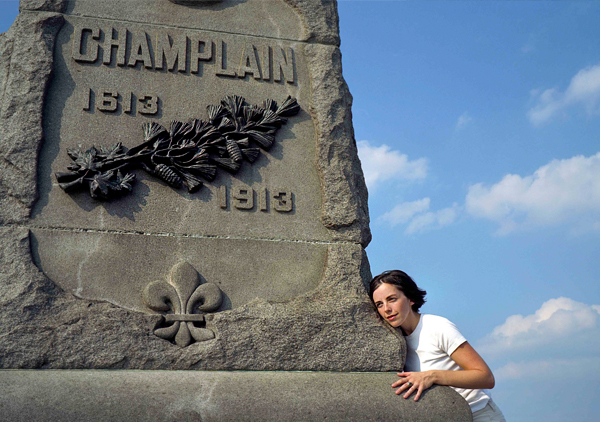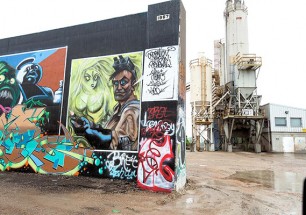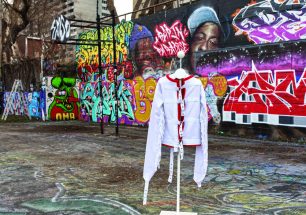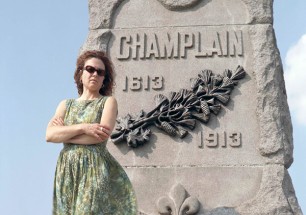CHAMPLAIN SERIES: Cynthia Hammond
Only a copper green stain remembers where the Scout once knelt. The platform in empty, its potential to speak of a history of racism muted within the diplomatic decision to remove the figure to a grassy patch between the Parliament buildings and the National Gallery. Surrounded by indigenous grasses, the Scout looks fierce but estranged from the source of his consternation. Up at the Point, we were getting to the point. I thought about the stain on the stone platform, and how this stain “speaks” of what was once there. The colour and marks on the surface can be read as the trace of racist practices in Canada, and of the decision to ignore and thus silence that history. Jeff’s project demonstrates how we can ask monuments, and perhaps public history as a whole, to speak about the past in conclusive and critical ways, in different ways, even after whitewashing has take place. I thought, as I have thought before about different sites, different structures, that what a monument says about history all depends on how one listens to it. So I listened. I held the sun-warmed stone in my hands, and l listened. I didn’t look for Champlain, but I thought about the displaced Scout. I listened for what had been taken away, not just from this monument but from the monument Champlain said, “this, is mine.”
The stone remembers differently.
Cynthia Hammond




